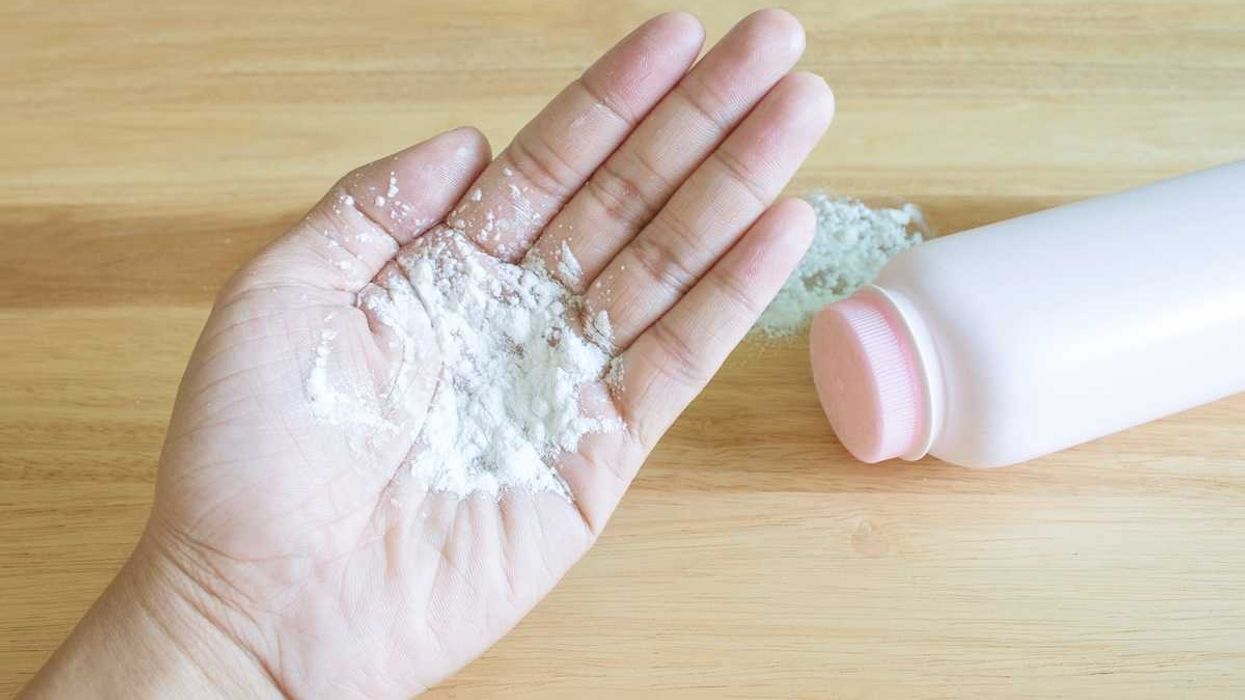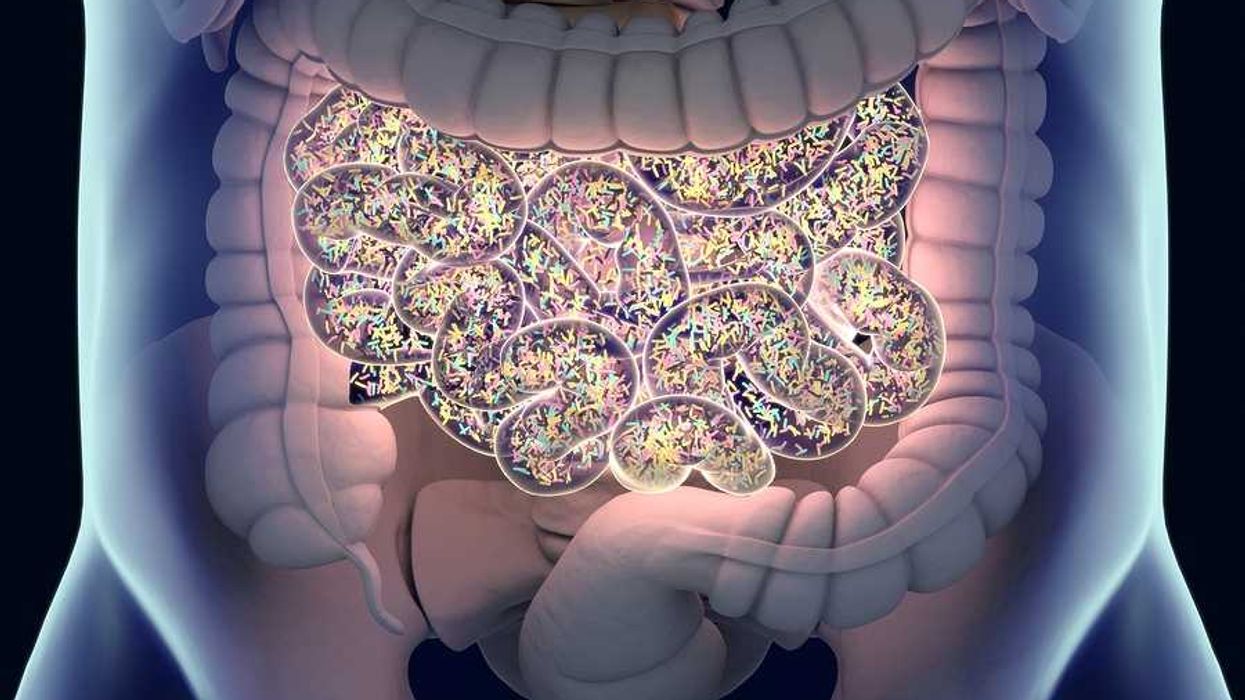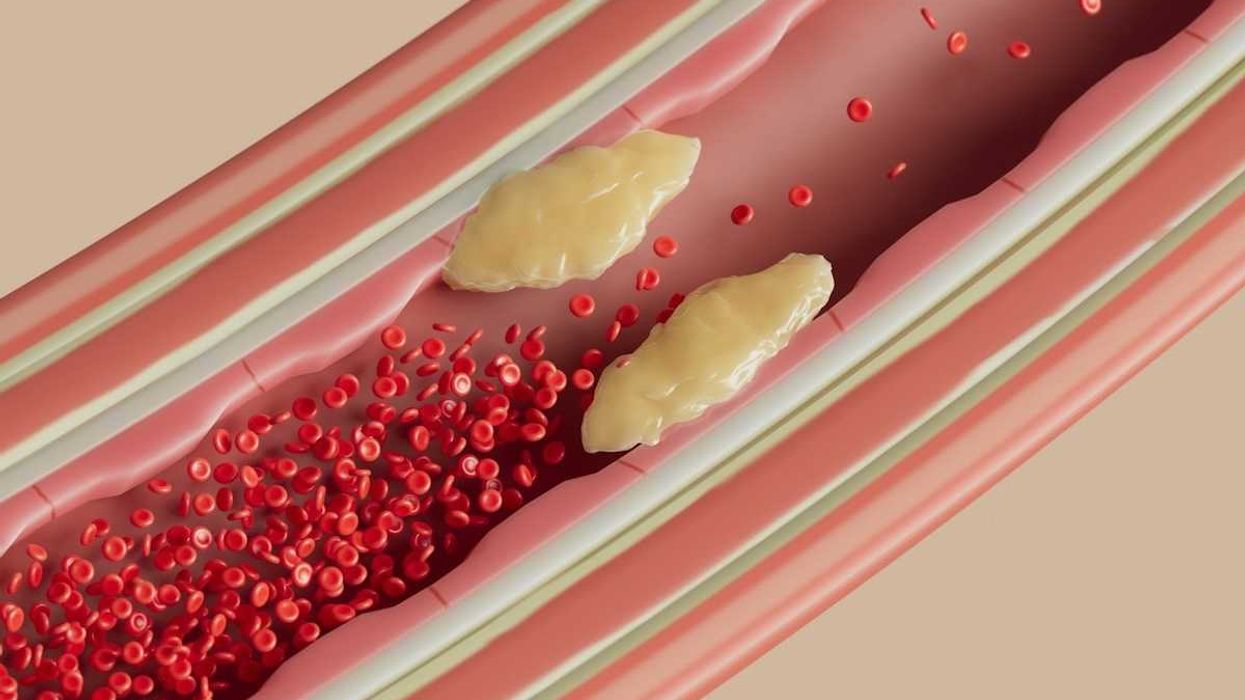We have some good news this week about DEHP: The science focused on one of the most common – and concerning – plastic additives in health care settings is booming.
On Monday President Biden announced a major effort to curb PFAS pollution. The proposed roadmap is a positive demonstration of new attention toward commonly used but harmful chemicals.
We expect that call to spill over and cast greater national attention to address another scrutinized class of chemicals: phthalates, particularly DEHP, one of the most problematic members of that family.
Phthalates have a host of handy industrial uses, from softening plastic and binding makeup to making ink stick to plastic bags. Scientists have recorded nearly as many adverse health impacts, from cancer and diabetes to infertility. The additives became part of the national conversation earlier this year with the publication of Dr. Shanna Swan's Count Down, linking phthalates to global declines in male fertility.
One of the more common phthalates in health care settings is DEHP, a plastic softener commonly found in IV sets and known to cause cancer, harm the male reproductive system and, in children, impair brain development. But here's the good news: A quick scan of PubMed's database for studies on DEHP exposure demonstrates increased scientific attention to phthalates research.
Read more: The "Everywhere Chemical"—Might Phthalates Become the Next PFAS?
DEHP research grows exponentially

PubMed's records on DEHP exposure span a period of roughly 50 years: we can see slow growth beginning to occur in the early 2000s, peaking at present in 2020 with 263 studies surrounding DEHP exposure.
We've highlighted two 2021 studies this week in the Science section of our biweekly newsletter, Code Green. They focus on exposure during IVF treatments for women facing fertility issues and on exposure by premature infants during NICU treatments. These two studies both point specifically toward DEHP exposure within the health care system, exacerbating symptoms that brought patients in seeking healing in the first place or introducing their bodies to new levels of chemicals that may produce new repercussions.
As studies continue to come out, federal attention to phthalates may emerge. Regardless, we can point to 50 years of research showing that the health care sector needs to address exposures during medical treatment.
Phthalate research: Where it all began
You may be curious: What did we know about DEHP in 1975? The below image shows the four studies published over 1975-1976: Two decades before most students in medical school today were born, we had a warning bell that DEHP was leaching into patients via the plastic bags used in blood transfusions.
The science is nearly 50 years old: Perhaps it's time for some action.
DEHP results from PubMed, 1975-1976

From climate change to everyday-use plastic products, increasing sustainability in the health care system is complex. Taking steps to reduce bodily exposure to phthalates is one example of positive change.














